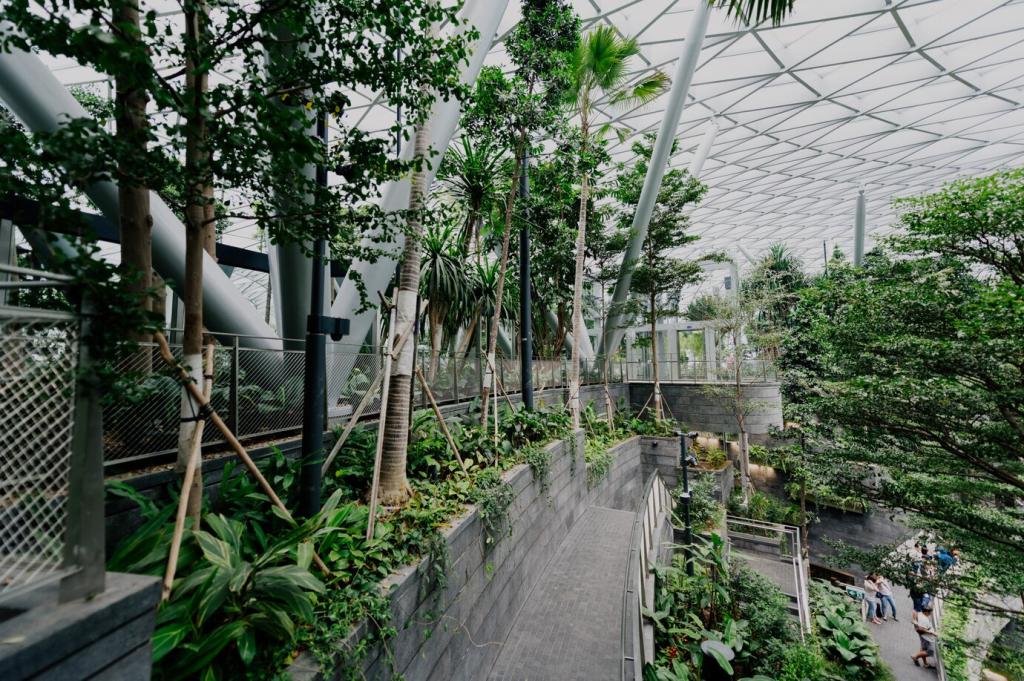Rainwater Harvesting Systems
Rainwater harvesting systems are innovative solutions designed to collect, store, and utilize rainwater for various purposes, reducing dependence on traditional water sources. These systems play a crucial role in sustainable water management, addressing water scarcity, and lowering utility costs. By capturing rainwater, both residential and commercial properties can benefit from an eco-friendly water supply for irrigation, flushing toilets, washing vehicles, and more. In addition to conserving freshwater resources, rainwater harvesting reduces stormwater runoff, which can prevent flooding and erosion. As climate patterns become more unpredictable, rainwater harvesting systems offer a practical and reliable method to secure water for everyday use.
Collection Surfaces
Conveyance and Filtration

Water Conservation

Cost Savings

